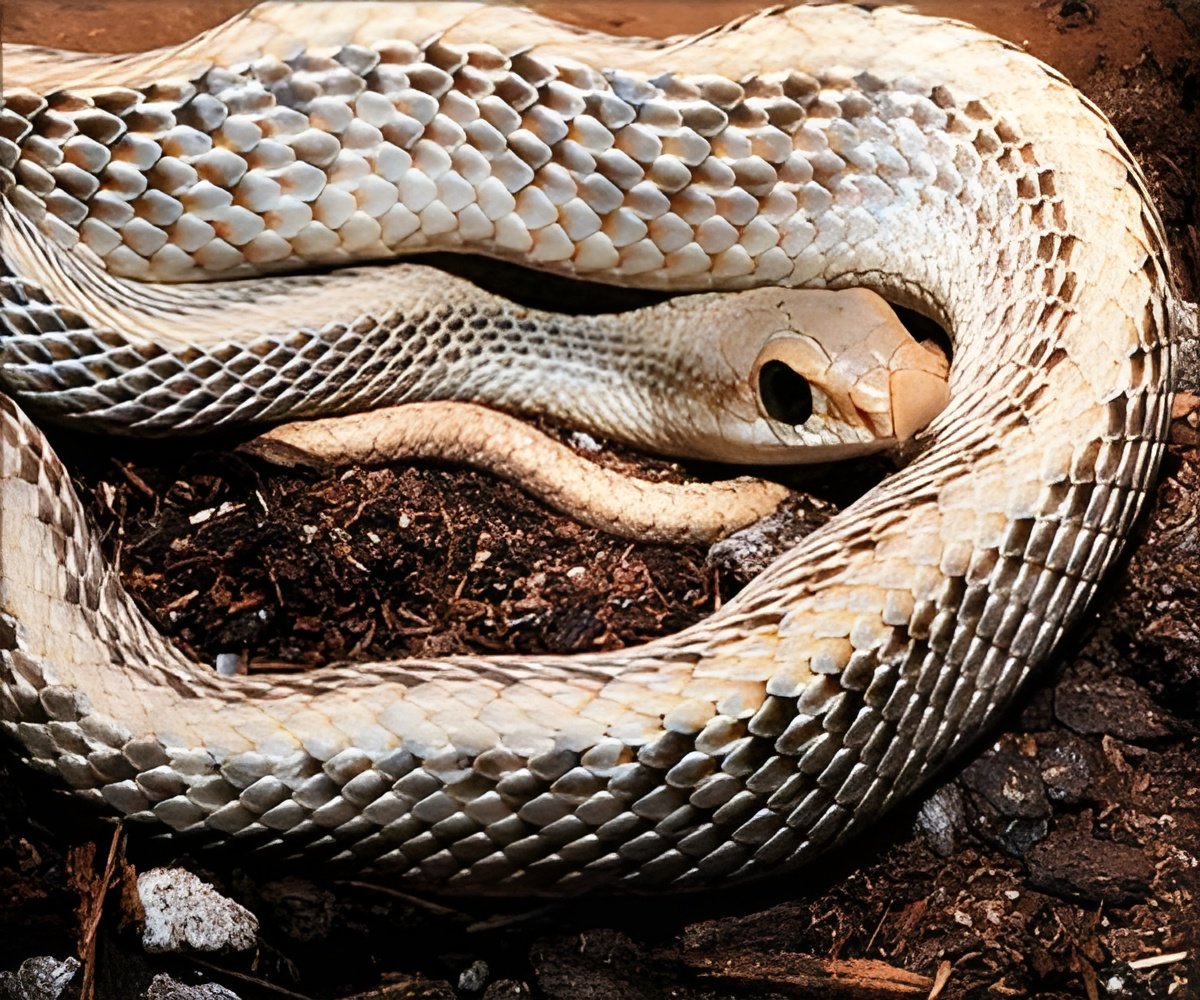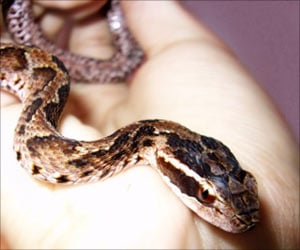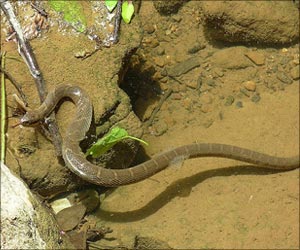These reptiles are active in Texas, USA, during spring and warmer temperatures, and this leads to more snake bite victims.

The research is being coordinated at 18 healthcare sites across the country — Ben Taub is one of five in Texas. “My suspicion is that it does work, but we want to do the study to know for sure,” Greene says. “Does it help with copperhead bites? If it does, we’ll encourage greater use of it. And, if it turns out it’s not helpful, we’ll stop using it.”
With the start of spring and warmer temperatures in the forecast, snakes will be more active, and unfortunately, that usually translates to more victims of snake bites. The snake usually strikes its target and most often reacts out of fear when disrupted. Its muted colors of grays and browns make it difficult to see before it strikes.
Greene and his team are looking for eligible copperhead snake bite victims now through the fall. Participants in the national study must be 14 years or older, verify that they were bitten by a copperhead within 24 hours and not have been administered any antivenom prior to enrolling in the study.
Presently, copperhead bites are treated with CroFab, a treatment tested and proven for cottonmouth and rattlesnake bites. Copperheads, also part of the pit viper family along with cottonmouths and rattlesnakes, have no tested treatment. The treatment of CroFab costs about $2,300 a vial, and many snake bite victims can require up to 18 vials for a full treatment.
Greene says copperheads account for more than 50 percent of all bites in greater suburban Houston. Some bite victims do fine without any treatment and suffer no permanent tissue damage or systemic toxicity. However, others do. In 2012, 60 people nationwide suffered permanent tissue loss, disfigurement or disability because of a copperhead bite.
Advertisement









